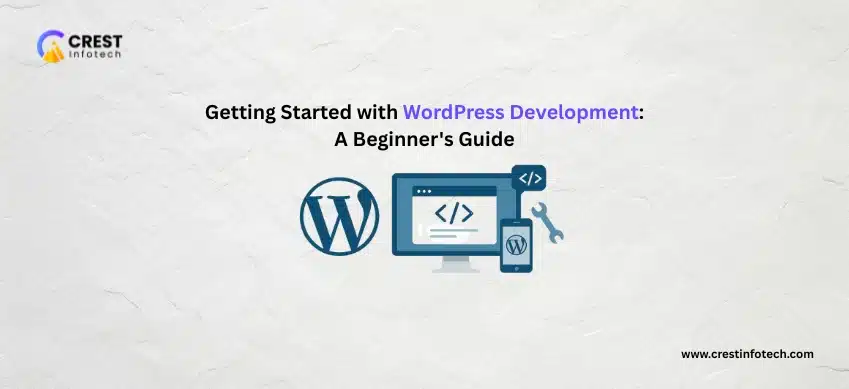Introduction
Testing is a critical part of modern web development, and Laravel makes it easy with built-in support for unit, feature, and browser testing. Whether you’re building APIs or full-stack apps, testing ensures your application behaves as expected and helps you catch bugs early.
In this article, we’ll explore how to test Laravel applications effectively using Laravel’s built-in tools and best practices for writing clean, maintainable test suites.
🧪 Why Testing Matters
- Ensures reliability: Prevents regressions as your app grows.
- Saves time: Automated tests replace manual checks.
- Improves design: Writing testable code encourages clean architecture.
1. Laravel’s Built-in Testing Tools
✅ Laravel comes pre-configured with PHPUnit:
phpunit.xmlfile is included out of the box.- Tests live in the
tests/directory, organized intoFeatureandUnitfolders.
✅ Run tests with:
php artisan testOr use:
vendor/bin/phpunit2. Writing Unit vs Feature Tests
✅ Unit Tests: Test individual classes or methods in isolation.
public function test_sum_function_works()
{
$result = Calculator::sum(2, 3);
$this->assertEquals(5, $result);
}
✅ Feature Tests: Test routes, controllers, and middleware together.
public function test_homepage_loads()
{
$response = $this->get('/');
$response->assertStatus(200);
$response->assertSee('Welcome');
}
3. Testing APIs and JSON Responses
Laravel makes it easy to test REST APIs:
public function test_user_can_be_created()
{
$response = $this->postJson('/api/users', [
'name' => 'John Doe',
'email' => 'john@example.com',
'password' => 'secret123',
]);
$response->assertStatus(201)
->assertJson([
'message' => 'User created successfully',
]);
}
4. Use Factories and Seeders
✅ Laravel model factories allow you to create test data:
$user = User::factory()->create();
✅ Combine with database refresh:
use RefreshDatabase;
public function test_user_list()
{
User::factory()->count(5)->create();
$response = $this->getJson('/api/users');
$response->assertJsonCount(5);
}
5. Browser Testing with Laravel Dusk
✅ Dusk allows end-to-end testing with a real browser:
composer require --dev laravel/dusk✅ Example:
public function test_login_page()
{
$this->browse(function (Browser $browser) {
$browser->visit('/login')
->type('email', 'test@example.com')
->type('password', 'secret')
->press('Login')
->assertPathIs('/dashboard');
});
}
6. Mocking and Dependency Injection
✅ Use mocking to isolate external services:
$this->mock(ExternalService::class, function ($mock) {
$mock->shouldReceive('send')->andReturn(true);
});
This helps test logic without relying on third-party APIs or external systems.
7. Best Practices for Testing in Laravel
- ✅ Name tests clearly:
test_user_can_login_with_correct_credentials - ✅ Reset the database between tests using
RefreshDatabase - ✅ Use
assertDatabaseHasandassertDatabaseMissingto validate DB state - ✅ Group related tests into logical test classes
🧠 Conclusion
Testing Laravel applications doesn’t have to be complicated. With tools like PHPUnit, Dusk, factories, and built-in helpers, Laravel offers a full suite for writing and running tests efficiently.
🔑 Key Takeaways:
- Use unit tests for isolated logic, feature tests for end-to-end behavior.
- Automate browser interactions using Laravel Dusk.
- Use model factories and database refresh to keep tests clean.
- Mock external services to speed up and isolate your tests.
By writing robust tests, you improve your Laravel app’s reliability, maintainability, and scalability. 🧪✅



